Part 2 of 2 Parts (Please read Part 1 first)
Jacob DeWitte is the CEO of Oklo. He said, “There is a lot of value in staying small because it keeps the project in the scope of a manufacturing and installation project, and not a large infrastructure project.”
Oklo intends to construct its reactors for under sixty million dollars each. This is a fraction of the cost of the bigger utility scale projects that make-up the existing U.S. reactor fleet. Oklo reactors can be located near industrial customers’ facilities and use factory produced designs. This should dramatically reduce costs.
Cost increases and schedule delays have blighted large-scale nuclear projects in recent decades. This has made investors wary of the nuclear sector. Georgia Power’s Vogtle Plant faced seven years of delays and a seventeen-billion-dollar cost overrun before the first of its two new reactors began operations this year.
Vogtle deployed Westinghouse’s new AP1000 reactor design. It was the first reactor that the U.S. has built from scratch in more than three decades. The problems that it encountered “reinforced the reputation for negative construction experiences in the U.S.” This was covered in a report published last Thursday by Columbia University titled Uncertain Costs of New Nuclear Reactors.
Oklo enjoyed initial success when it attracted funding from the U.S. government and fuel from Idaho National Laboratory for its first plant in the state. It hopes that the new plant will start operations in 2027. However, like many of the new generation of nuclear start-up, Oklo has experience serious challenges as it tries to prove its technology to regulators and raise funds.
Last year, the Nuclear Regulatory Commission (NRC) denied Oklo’s application to build and operate its Idaho project. The NRC said that Oklo did not provide enough information on its reactor design.
DeWitte told the Financial Times that the company’s application process was delayed by the pandemic. Oklo is engaging with the NRC and expects to file a new application next year.
Adam Stein is the director of nuclear energy innovation at the Breakthrough Institute which is a Washington-based think tank. He said that the existing regulations were not designed to be flexible because they focused on the existing fleet of reactors which are typically big one-gigawatt water-cooled reactors.
He added that, “New applicants have to ask for exemptions from specific regulations that are not applicable to their technology, justify why those exemptions are reasonable and hope that the regulator grants them . . . [this] makes it more lengthy, cumbersome and introduces additional regulatory risk.”
The regulatory challenges come despite strong bipartisan support in the U.S. Congress for the nuclear industry.
The Biden administration recently asked Congress to provide two billion dollars to support the U.S.-based companies who are trying to boost enrichment and conversion capacity for nuclear fuel. It has also ensured that nuclear projects are eligible for a thirty percent tax credit which is detailed in the Inflation Reduction act for zero carbon power plants.
Kathryn Huff is the assistant secretary for nuclear energy. She told the Financial Times that progress has been made but she admitted that the sector must overcome these near-term challenges if the U.S. and others are to meet their 2050 emissions reduction goals. At least five to ten new contracts for new nuclear reactors would need to be finalized in the next few years to enable construction to be completed by 2035.
Huff added that “There are dozens of American nuclear reactor start-ups, which is just a crazy thing that you wouldn’t have heard 20 years ago when nuclear reactors were the bread and butter of big Fortune 500 engineering firms. [But] in the next two or three years, we need to see those contracts in hand, or else we will not reach the commercial lift-off that is required to get to the amount of clean power we need for 2050.”
Blog
-

Nuclear Reactors 1326 – Nuclear Start-ups Encounter Serious Problems – Part 2 of 2 Parts
-
Nuclear News Roundup December 19, 2023
Russia says fire has been put out on nuclear-powered cargo ship reuters.com
North Korea’s Kim Jong Un orders military and nuclear weapons forces to ramp up war preparations news.sky.com
US, France, Germany and UK call on Iran to de-escalate nuclear program jpost.com
Ukraine war: How worried should we be about the Zaporizhzhia nuclear power plant? News.sky.com
-
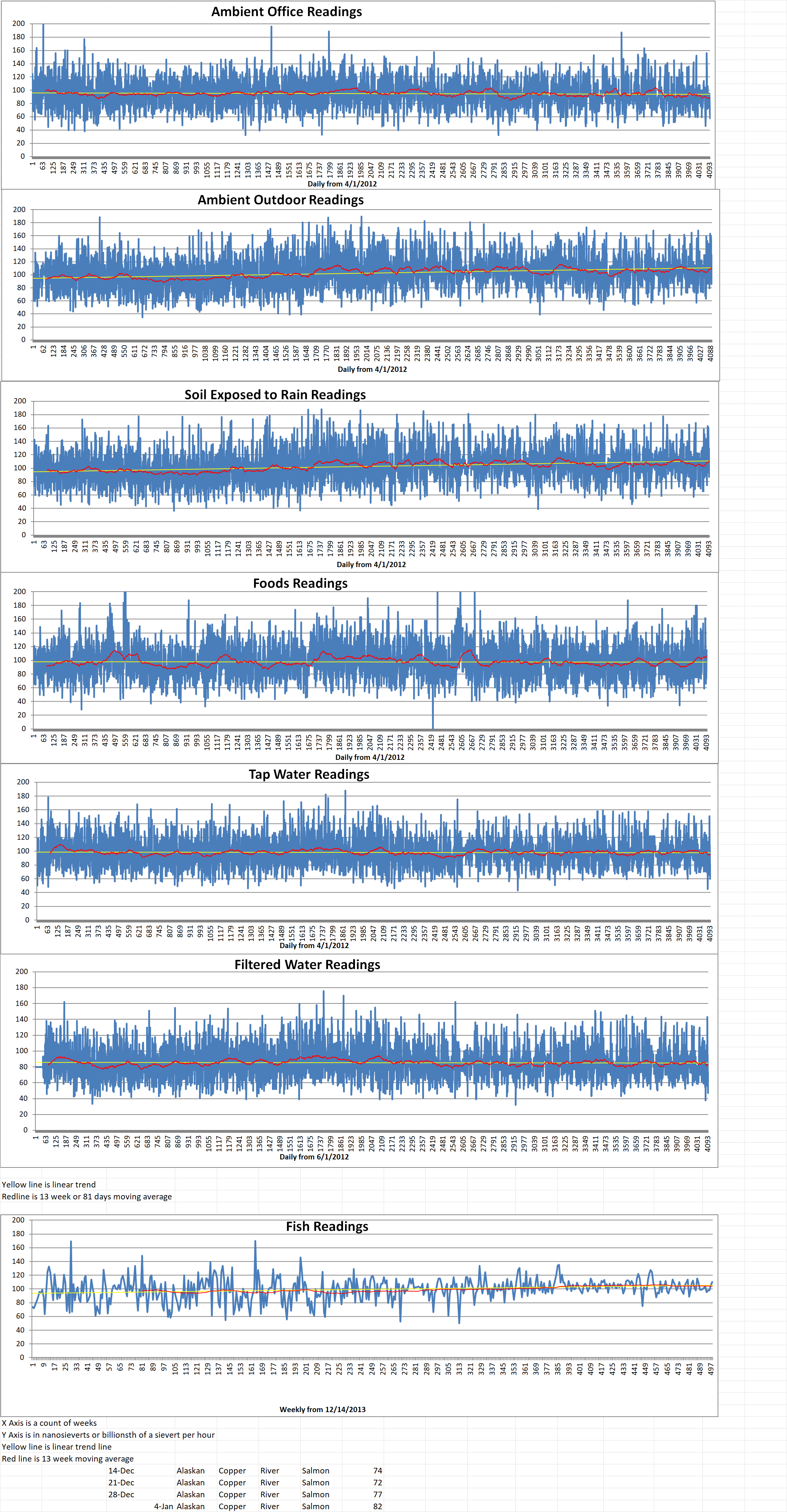
Geiger Readings for December 19, 2023
Ambient office = 58 nanosieverts per hour
Ambient outside = 100 nanosieverts per hour
Soil exposed to rain water = 104 nanosieverts per hour
Green onion from Central Market = 108 nanosieverts per hour
Tap water = 70 nanosieverts per hour
Filter water = 58 nanosieverts per hour
-
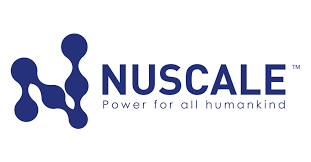
Nuclear Reactors 1325 – Nuclear Start-ups Encounter Serious Problems – Part 1 of 2 Parts
Part 1 of 2 Parts
The U.S. plans to expand its nuclear industry face big funding and regulatory challenges. These problems could delay a new generation of smaller, more efficient reactors supported by advocates as critical to fighting climate change. A sharp fall in market support for start-ups developing small modular reactors (SMRs) and other advanced nuclear facilities threaten U.S. ambitions.
Last month NuScale Power Corporation abandoned plans to construct the first SMR in the U.S., despite receiving one and a half billion dollars in government cost-sharing pledges. They were not able to find enough power utilities who were interested in purchasing electricity from their facility in Idaho. Estimated power prices rose by over fifty percent in two years to eighty-nine dollars per megawatt hour.
Prior to NuScale problems, a one billion eight hundred million deal between X-energy and special purpose acquisition company (SPAC) Ares Acquisition. The deal was intended to enable the developer of nuclear technologies to go public.
Currently, the nuclear industry is waiting to find out whether Oklo, a nuclear start-up, can successfully go public via a blank-check company announced in July with AltC Acquisitions Corporation. The merger was proposed at a valuation of eight hundred and fifty million dollars. This would provide Oklo with five hundred million dollars to develop and commercialize its reactor design.
Marc Bianchi is an analyst at Cowen. He said, “There was already some investor aversion surrounding Spacs in general, and then you saw the first SMR cancelled, inflation causing a big increase in costs and X-energy’s deal fall through. So investors are certainly more skeptical. This would seem to raise the bar for future transactions.”
The nuclear industry is racing to design and develop SMRs which are advanced nuclear reactors that have a power capacity of three hundred megawatts or less. Conventional nuclear power reactors have three or more times the capacity. Government and private investors have spent billions of dollars to commercialize the technology in the past decade.
However, a combination of rising interest rates, inflation and concerns about the nuclear industry’s poor record of delivering projects on time and on budget have soured investor and customer sentiment towards the small but growing cluster of start-ups and other companies in the sector.
Shares in NuScale, which listed last year, lost almost a third of their value following the cancellation of its Idaho project. The shares are down by seventy percent this year. The problems at NuScale are spreading across the SMR sector.
X-energy is backed by chemical giant Dow. It was forced to lay off staff last month following its failure to conclude its merger. And the U.S. Defense Logistics Agency recently confirmed it had rescinded a notice of intent to award a contract to Oklo to provide power for an Alaskan air force base.
Clay Sell is the CEO of X-energy. He said that the problems at NuScale combined with macroeconomic factors and war in Ukraine and Gaze have had a chilling impact on its proposed merger. He went on to say, “When we announced our deal they [NuScale] were trading at a significant premium above their go public price and when we called off the transaction they were below $3. So there were certain realities about the market, which . . . put public equity providers in a risk-off situation.”
Despite these problems, Oklo said that it was confident that it could conclude its deal in the first quarter of 2024. Its reactors generate fifteen megawatts of electricity. They have significant advantages over existing technology, including being able to operate for ten years or more before they need to be refueled.
Please read Part 2 next -
Nuclear News Roundup December 18, 2023
Japan’s Nuclear Regulation Authority OK’s Kashiwazaki-Kariwa nuclear power plant restart asianews.net
Nuclear Power Still Divides Voters in Taiwan’s Elections – TaiwanPlus News thecheyennepost.com
Nuclear energy has bright future, local business leader says gillettenewsrecord.com
Central Coast Congressman’s Nuclear cybersecurity bill signed into law Friday keyt.com
-
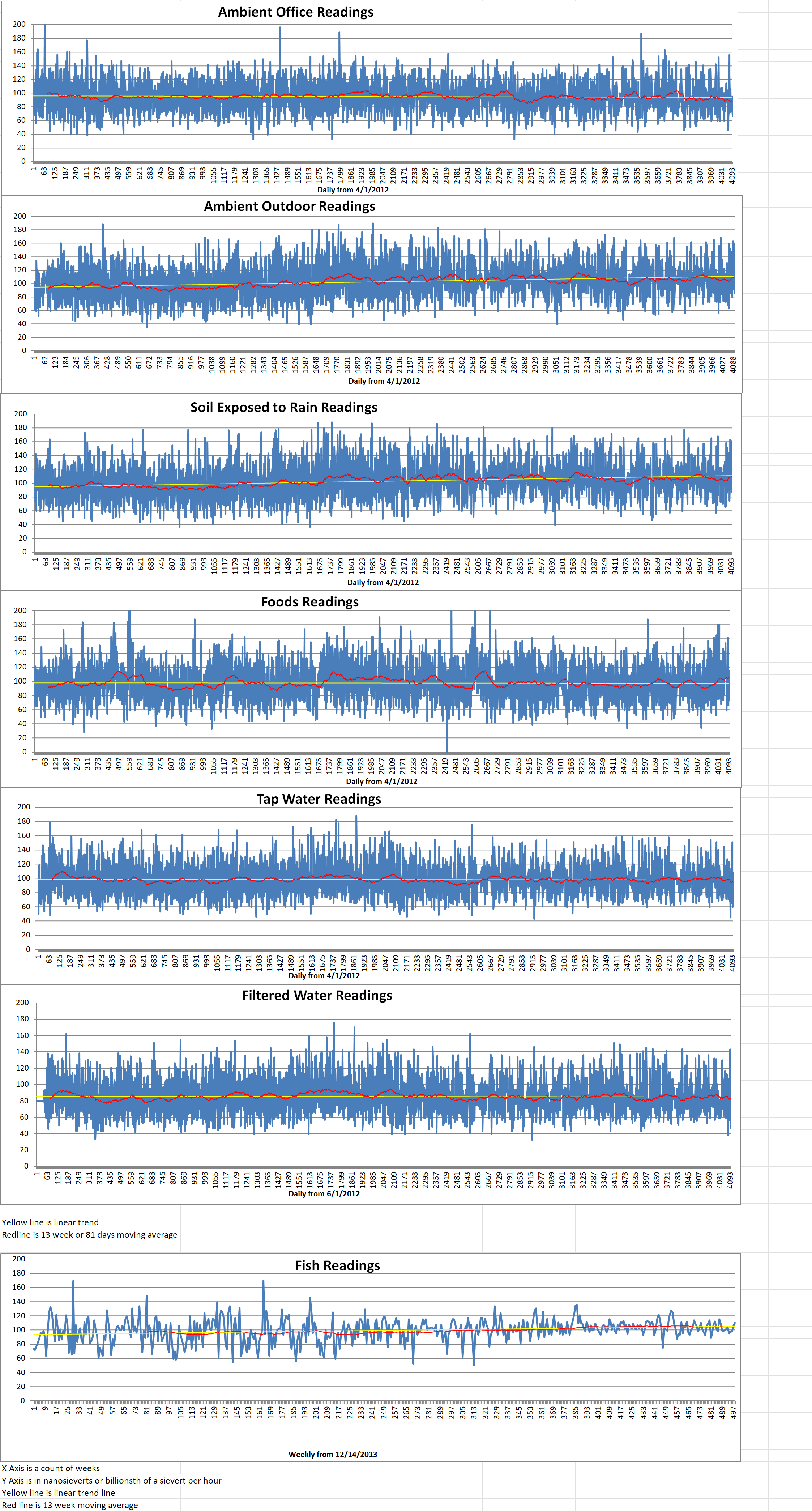
Geiger Readings for December 18, 2023
Ambient office = 67 nanosieverts per hour
Ambient outside = 86 nanosieverts per hour
Soil exposed to rain water = 87 nanosieverts per hour
English cucumber from Central Market = 107 nanosieverts per hour
Tap water = 80 nanosieverts per hour
Filter water = 73 nanosieverts per hour
-
Nuclear News Roundup December 17, 2023
Ukraine’s centralized fuel storage facility fully operational world-nuclear-news.org
Russia has completed delivery of nuclear weapons to Belarus, Lukashenko says upi.com
E3, US issue statement against Iran nuclear program en.mehrnews.com
Iran triples output of near-weapons grade nuclear fuel news.yahoo.com
-
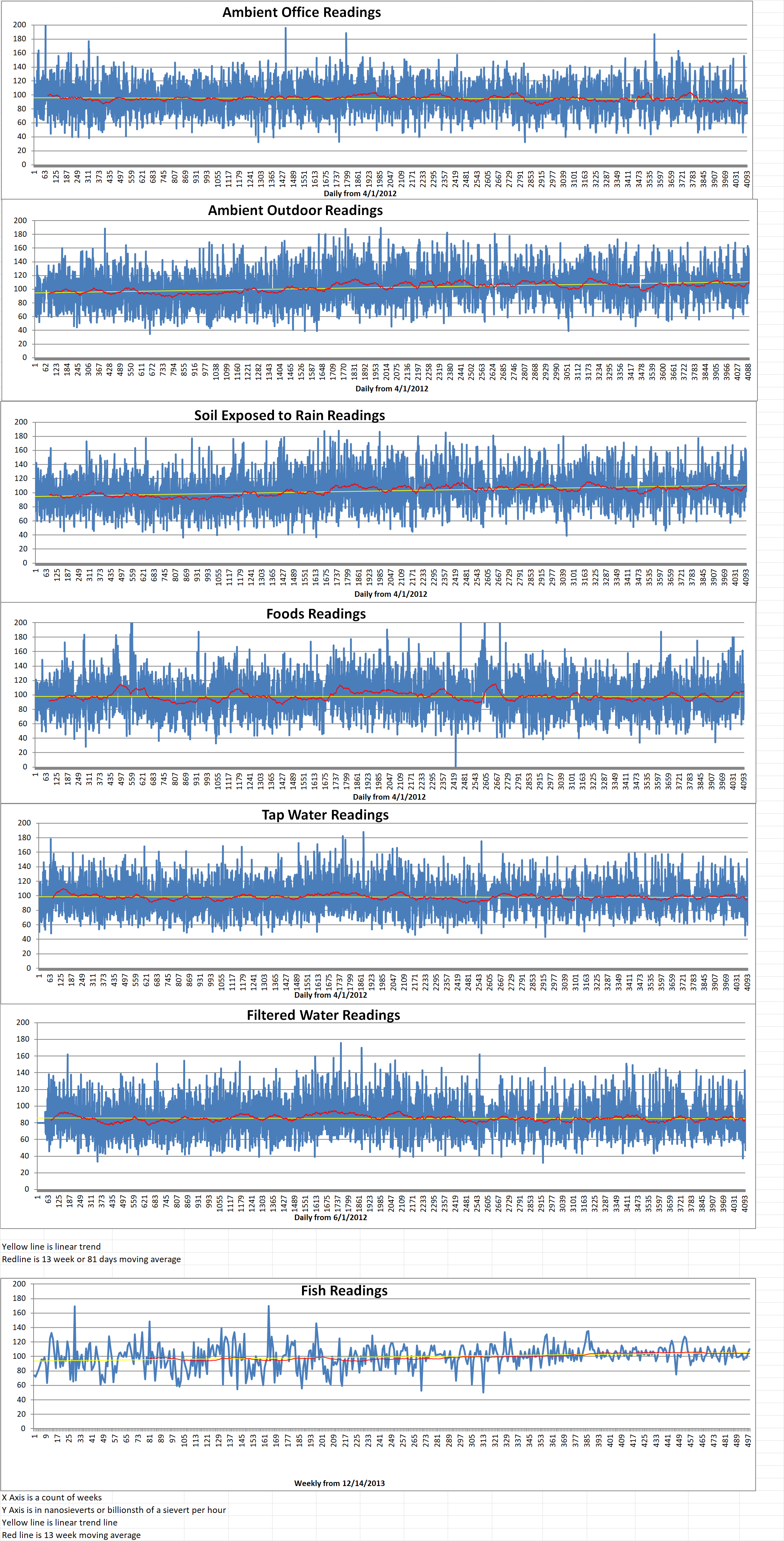
Geiger Readings for December 17, 2023
Ambient office = 74 nanosieverts per hour
Ambient outside = 130 nanosieverts per hour
Soil exposed to rain water = 129 nanosieverts per hour
Carrot from Central Market = 115 nanosieverts per hour
Tap water = 60 nanosieverts per hour
Filter water = 47 nanosieverts per hour
-
Nuclear News Roundup December 16, 2023
UK’s approval of Sizewell C nuclear project lawful, court rules reuters.com
Examining national culture and its impact on nuclear safety culture in Japan oecd-nea.org
Scientists successfully replicate historic nuclear fusion breakthrough three times cnn.com
Pro-nuclear MP says Labor ‘weaponizing’ CSIRO report showing renewables are cheapest theguardian.com
-
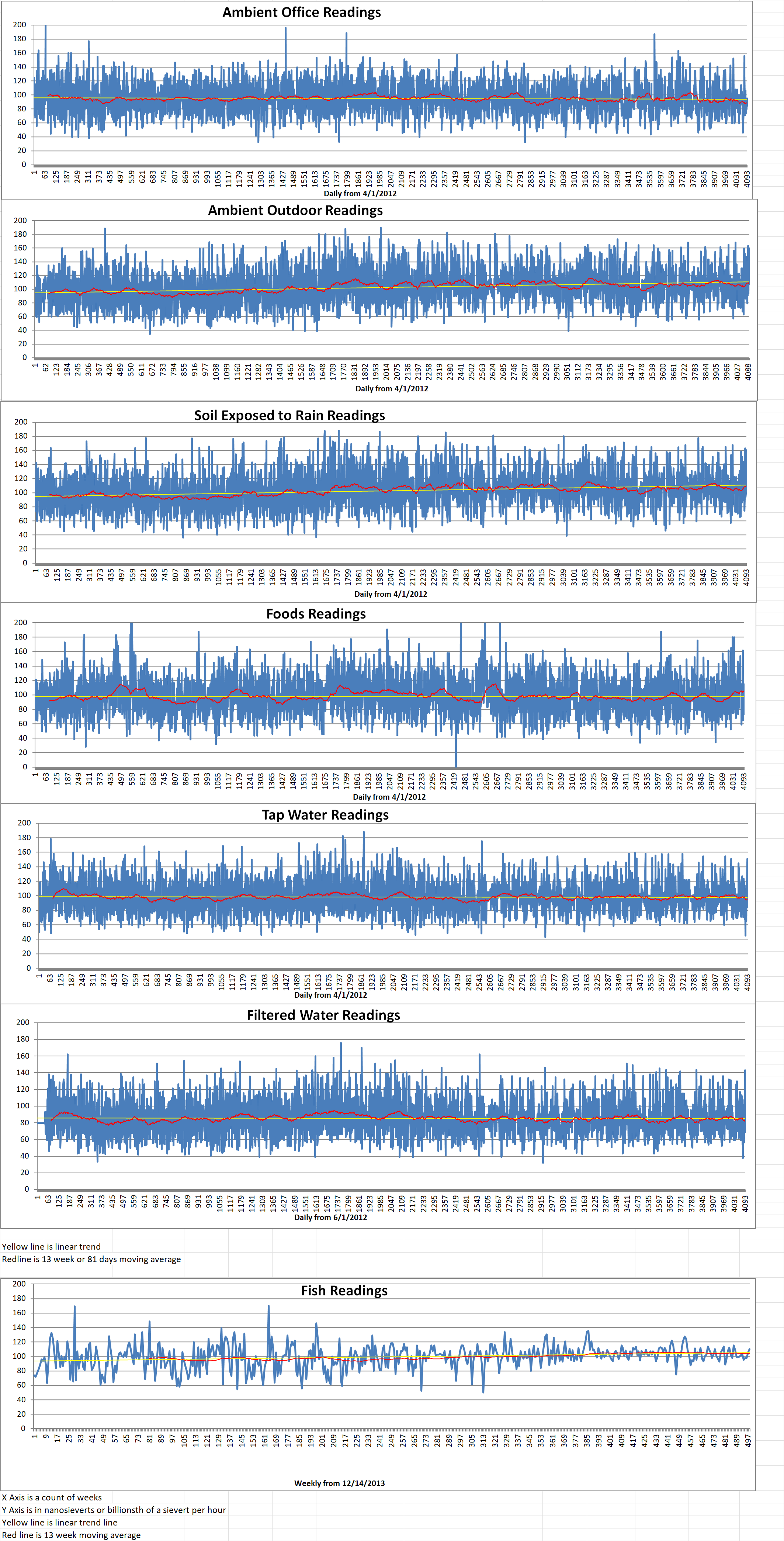
Geiger Readings for December 16, 2023
Ambient office = 93 nanosieverts per hour
Ambient outside = 108 nanosieverts per hour
Soil exposed to rain water = 102 nanosieverts per hour
Blueberry from Central Market = 73 nanosieverts per hour
Tap water = 108 nanosieverts per hour
Filter water = 95 nanosieverts per hour
Dover Sole from Central = 110 nanosieverts per hour
